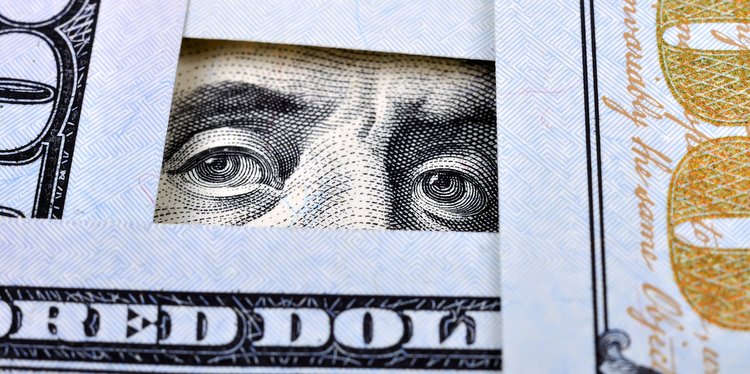The holiday season may be over, but the elected officials in Washington must have missed the memo. Here are the top 12 most wasteful items we found in the Heritage Federal Spending by the Numbers report.
12. Employees of the Environmental Protection Agency (EPA) use government-issued (and taxpayer-funded) credit cards to buy over $79,000 worth of goods and services deemed “prohibited, improper and erroneous.” Some of the banned purchased include gym memberships (not only for EPA employees but for their families as well), DVDs and memberships to various clubs.
11. The National Aeronautics & Space Administration (NASA) spent over $237,000 to study the effects that rainfall has on the migration of the red crab to Christmas Island.
10. The United States Postal Service (USPS) either lost or could not confirm the receipt of 37 trailers they had contracted from a leasing company. The USPS solution? They purchased the titles of the missing trailers for $287,000. By the way, those 37 trailers still have not been located.
9. The U.S. Department of Agriculture has a “Market Access Program” which helps foreign media outlets see the United States. The D of A gave $400,000 to U.S. liquor lobbyists so that they could cart foreign journalists around to beer breweries and liquor distilleries in the United States.
8. Can hypnosis reduce hot flashes in postmenopausal women? Ask the National Institute of Health because that organization spent $484,000 to study that question.
7. The U.S. Department of Agriculture provided half a million dollars for butterfly farming start-ups. That’s right; $500,000 for butterfly eggs as well as vehicles in which to transport said eggs.
6. No one disputes the fact that the Drug Enforcement Agency (DEA) does important work, and a lot of that work involves informants and other shady characters. However, despite the fact that the DEA could have gotten this information for free from the company itself, it decided to pay an informant who worked at Amtrak more than $850,000 over the course of 20 years to provide the DEA with passenger manifests.
5. Because the Defense Department didn’t follow standard contracting procedures, taxpayers ended up paying $3.3 million more than necessary for Afghan army radios.
4. The Patient Trial and Appeal Board has been hard at work during the last year. Staff members at that agency were paid $5.1 million to shop online, use Facebook and Twitter, and watch Netflix movies and television shows.
3. The National Institute of Health has already given away more than $10 million to create a video game called “Escape from Diab,” a video game about five children who must get healthy enough to escape a town full of obese people.
2. The U.S. Department of Commerce developed something called the National Technical Information Service. It cost almost $50 million to design, develop and built out. The problem? Most of the information contained in this “service” is readily available online…for free.
1. Medicare Part D paid approximately $22 million for cancer-treating medical supplies. That sounds fair, but there’s more: Medicare Part B paid almost $133 million for the exact same supplies. That means Part B’s buyer paid six times more than the person in charge of Part D.
What Now?
It is examples like these that show there is plenty of fat in the budget that needs to be trimmed, and Congress has a responsibility to trim it. Federal Spending by the Numbers 2014 includes 51 examples of government waste from which these 12 were selected. The report also reveals key budget trends in charts, tables and key points.
If you believe that the best gift Congress could give Americans this Christmas season is to address wasteful spending, Like and Share this post.


